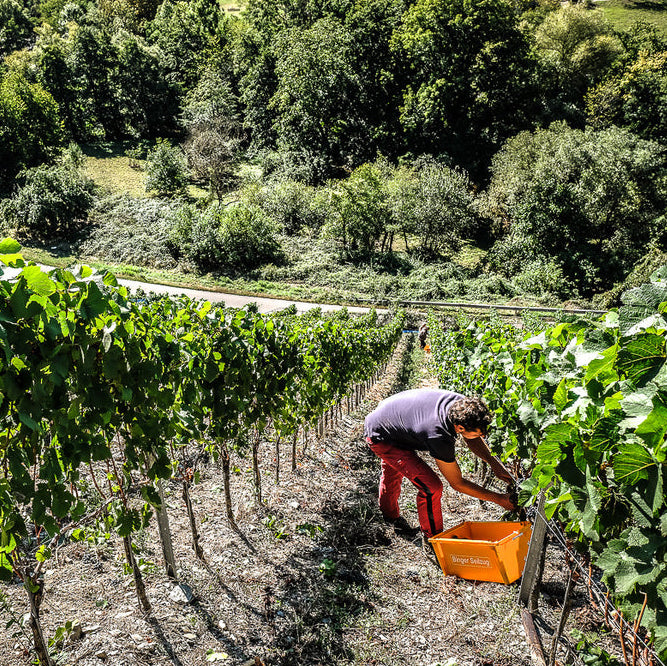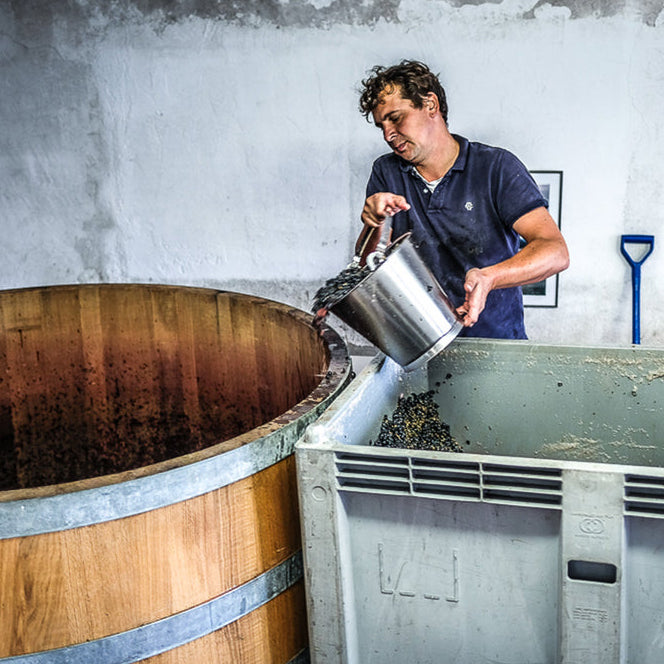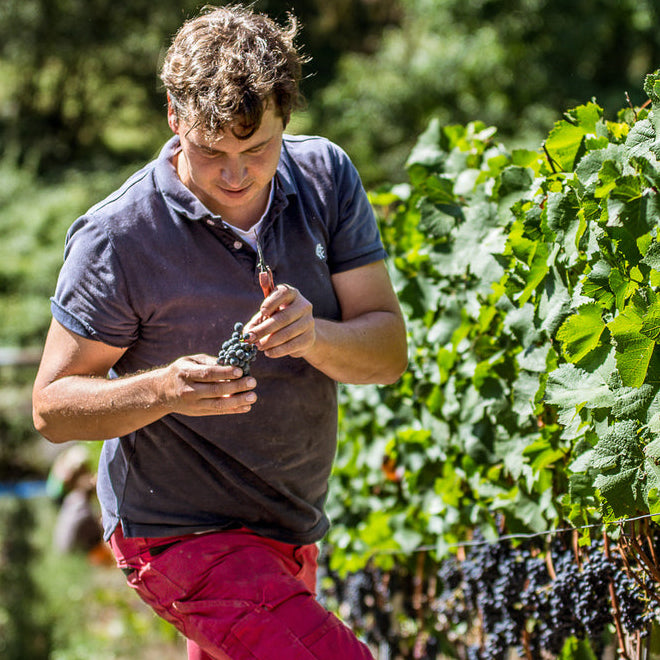TwardowskiPinot Noir “Ardoise” 2021 (750ml)
Country:
Germany
Unit Type:
750ml
Estimated Price:
$135
Find a Bottle Near You
Find a Bottle
Twardowski’s project is, quite simply, a profound reckoning with this assumption, and with climate change. It is the first estate in the Mosel in well over a century, to focus solely on red wine production. As you likely know, there are at this point some very serious Pinots being made in the Mosel (from Ulli Stein, who farms some of the oldest Pinot Noir in the Mosel and has recently acquired a barrel from Twardowski, to Heymann-Löwenstein, Günther Steintmetz, Später-Veit and Hofgut Falkenstein in the Saar), yet all of these estates are founded on Riesling. Their Pinot Noirs are, even if very good, always secondary.
With Twardowski we see a profound break from this lineage, this assumption. While, at present, Twardowski is a pioneer, one has to admit that this project is likely a harbinger of things to come. Pinot Noir will likely be a very important part of the Mosel’s future.
The “Ardoise” (French for slate) is Twardowski’s main wine. It is a single-vineyard, “Grand Cru” Pinot Noir sourced from a tiny, 3-hectare plot within the Grand Cru Hofberg. It is deeply concentrated, elegant, with a precious energy – a cut and grip to it that is so rewarding.
| Address | Mosel |
|---|---|
| Country | Germany |
| Alcohol | 12.5% |
| Estimated Price | $135 |
| Pack Size | 6 |
| Unit Type | 750ml |
| Wine Class | Still Red |
| Mosel Fine Wines | The 2021 Pinot Noix Ardoise, as it is referred to on the front label (white in color), was made with 30% of stems from fruit harvested on more than 10-year-old vines and was matured in a mix of new oak, Burgundy barrique used only once, and barrique used a third time. It displays a beautifully spicy and fresh nose of morello cherry, rose, herbs, and cassis. The wine is straight and intense on the palate yet gains in structure and energy as it unfolds. The finish has depth and length. This is a superbly refined and precise Spätburgunder. | No 74 Dec 2024 |



